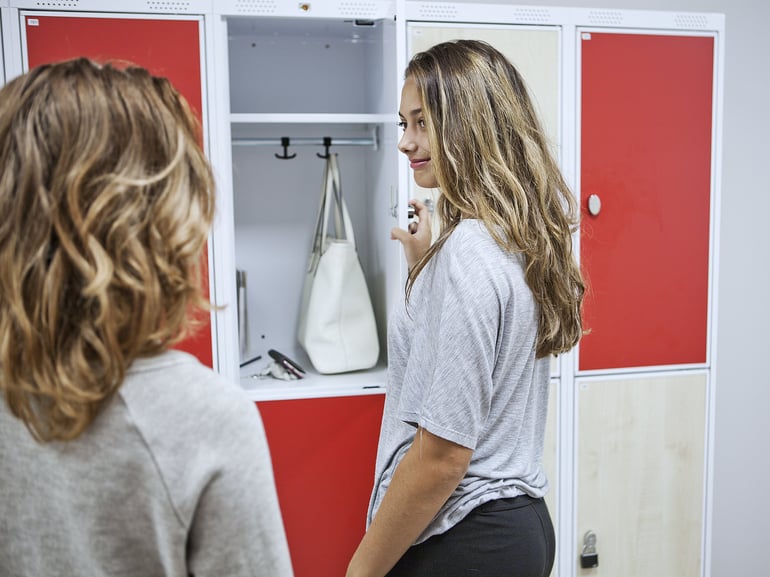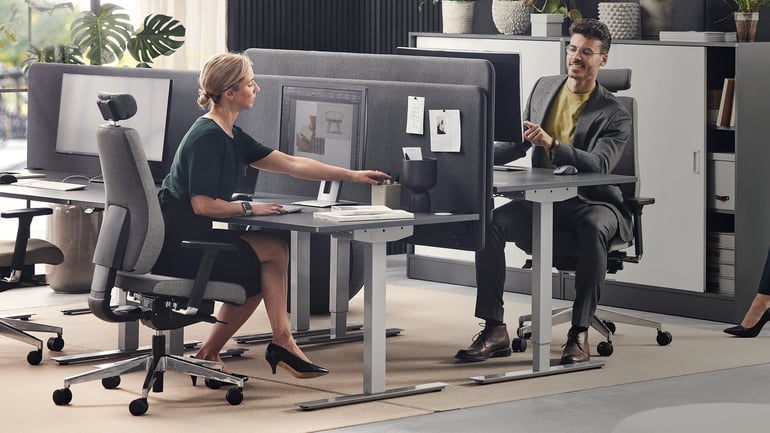- AJ Products IE
- Blog
- Ergonomics in the workplace
- 3 easy exercises to keep you active at your desk
3 easy exercises to keep you active at your desk
Get the latest product launches and offers sent direct to your inbox
Do you want to recieve exclusive offers, information about new products and inspiration on how you can improve your workplace? Sign up for our free newsletter and be the first to receive our best offers!Please wait...
*By clicking subscribe, I confirm that I have read the privacy policy.

